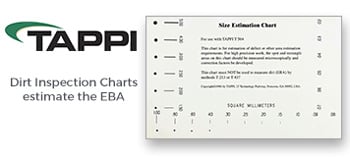Fractionation of Organochlorinated Compounds By Ultrafiltration, 1992 Environmental Conference Proceedings
In the bleach plant effluents from the first caustic extraction of a kraft mill using eucalyptus wood as raw material, the solutes and namely the chlorolignins spread over a wide range of molecular weights. The present work adresses the definition of this range through laboratory ultrafiltration experiments with membranes of known molecular cut-off.
The cellulose acetate membranes are laboratory made and characterized through ultrafiltration tests with reference solutes, polyethylenglycols of molecular weights of 6000 and 20000 Da and dextrans of molecular weights of 40000, 70000 and 110000 Da.
The experiments with mill effluent are analysed with respect to conductivity, color, total organic carbon and total organic halides. Extractable organic halides are determined using two solvents of different polarity, petroleum ether and ethyl acetate, following two different sample preparation techniques.
Bleaching effluents; chlorolignins; color; EOX; fractionation: TOC; TOX; ultrafiltration.





